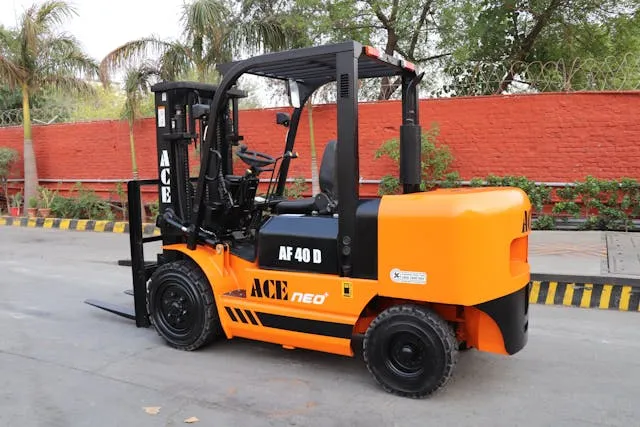Understanding Load Capacity in Caster Wheels
Selecting the correct 4 inch caster wheels offers more than just mobility; it determines how safely and efficiently equipment can be moved within your workspace. At the core of this decision is load capacity, defined as the maximum weight the caster can support before its effectiveness—and your team’s safety—are at risk. When load specifications are overlooked or underestimated, it can result in unexpected caster failure, damage to valuable materials, or even workplace injuries.
Beyond preventing visible breakdowns, accurate load capacity calculations safeguard floors from gouges and help ensure smooth navigation even in tight or crowded environments. In industrial settings or warehouses, every pound matters; distributing weight evenly maximizes productivity and minimizes risks. Decisions surrounding which caster wheel to use should always prioritize the health and longevity of both equipment and staff.
Factors Influencing Load Capacity
Several key factors directly impact the load-bearing capabilities of caster wheels:
- Wheel Material: The composition of a caster wheel has a significant effect on its strength and overall load capacity. Heavy-duty materials like forged steel and cast iron offer superior load tolerance but may wear floors faster and create more noise. Conversely, thermoplastic rubber and polyurethane provide a gentler touch, reducing surface wear and sound but often at the expense of overall capacity. According to Wood Magazine, understanding the different types of roll models and their material properties can help in selecting the right caster for both durability and floor protection.
- Wheel Size: Wheel diameter strongly correlates with load support and operational ease. Larger wheels distribute weight more efficiently, leading to easier rolling and reduced effort—especially crucial when moving loaded carts over long distances. The 4-inch size, in particular, strikes a recognized middle ground, balancing maneuverability with support for moderately heavy loads.
- Environmental Conditions: Temperature extremes—whether heat or freezing cold—as well as exposure to chemicals and moisture, can degrade wheel materials and reduce their service life. For example, specific rubber compositions may lose much of their structural integrity below -20°C or when saturated with oil or solvents.
An accurate load calculation forms the foundation for any caster wheel decision-making process:
- Determine Total Load: Add the equipment weight and its heaviest intended load.
- Include a Safety Margin: It’s recommended to increase this amount by 25–30% to prevent unexpected overloads and to account for uneven weight distribution.
- Divide by Number of Casters: Split the total adjusted load by the number of caster wheels supporting the equipment. This figure gives the minimum load capacity per caster. For instance, a loaded cart weighing 1,200 lbs carried by four wheels would need each wheel to safely hold at least 375 lbs.
Importance of Proper Load Capacity Selection
The benefits of carefully choosing the right load capacity go far beyond simple adherence to equipment manuals:
- Safety Enhancements: Reliable caster wheels protect personnel from equipment tip-overs, unpredictable breaks, or accidents caused by sudden mechanical failures.
- Prolonged Durability: Overloading weakens caster wheels quickly, shortening their lifespan and spiking maintenance costs for both wheels and host equipment.
- Operational Efficiency: Adequate load rating translates into effortless equipment movement and task completion, boosting workplace productivity over time.
Common Mistakes to Avoid
While selecting caster wheels, it’s essential to avoid these frequent pitfalls:
- Disregarding Environmental Factors: Overlooking the worksite’s temperature range, humidity, or chemical exposure can lead to premature degradation—even when load ratings appear adequate.
- Underestimating Load Requirements: Failing to account for both static and dynamic (moving or shock) loads can lead to severe overload and potential hazards.
- Ignoring Floor Conditions: Hard, uneven, or debris-filled floors amplify stress on both casters and the equipment, requiring a more robust caster or a different tread type for steady performance.
Conclusion
Meeting and maintaining optimal load capacity for 4-inch caster wheels ensures a stable work environment, extends equipment lifespan, and supports employee well-being. By understanding factors such as wheel material, size, and local environmental conditions, and performing detailed load calculations, you can greatly reduce the risk of equipment failure, increasing both safety and operational efficiency. Small adjustments and informed choices today will safeguard your business tomorrow.

